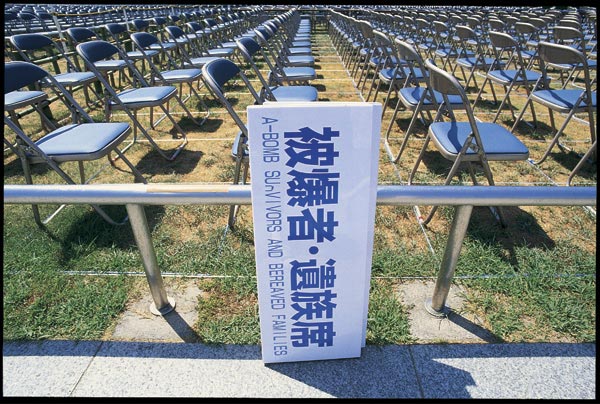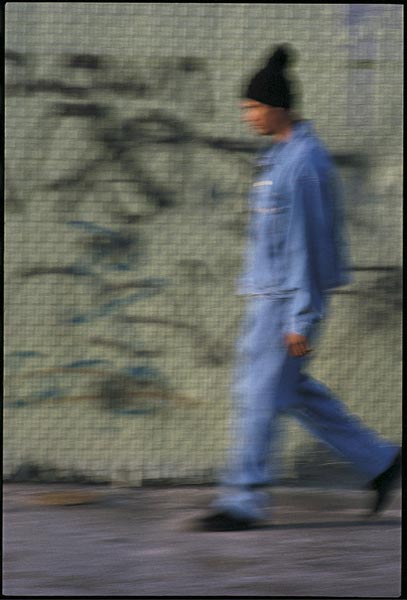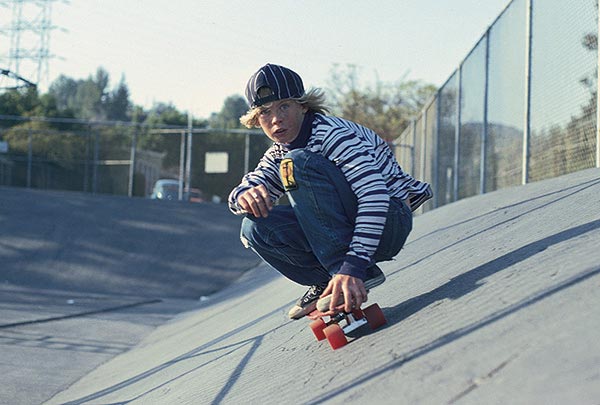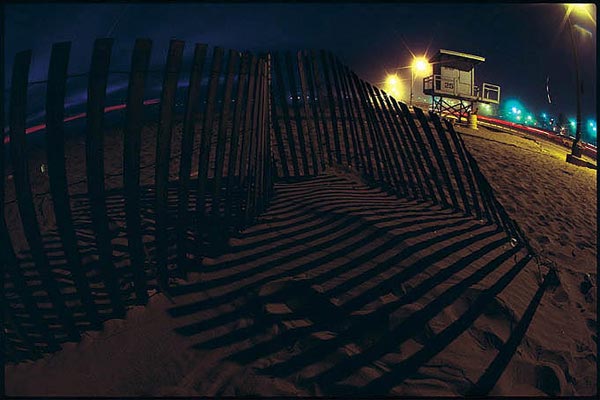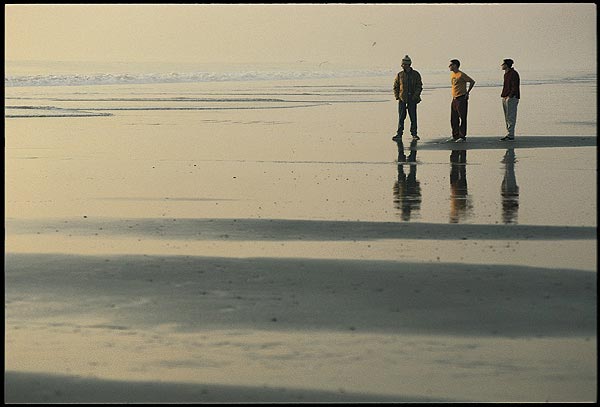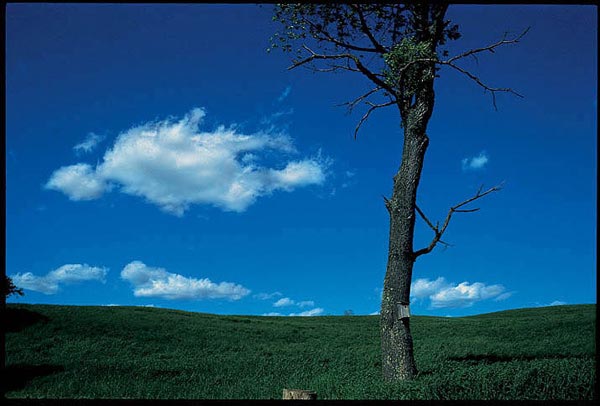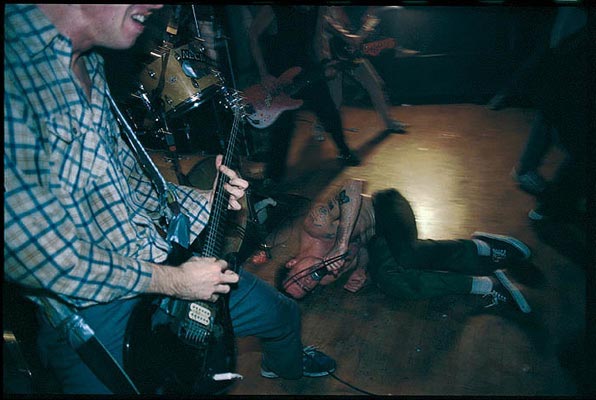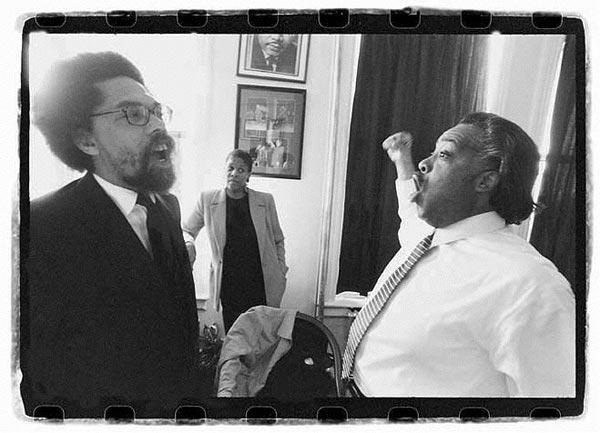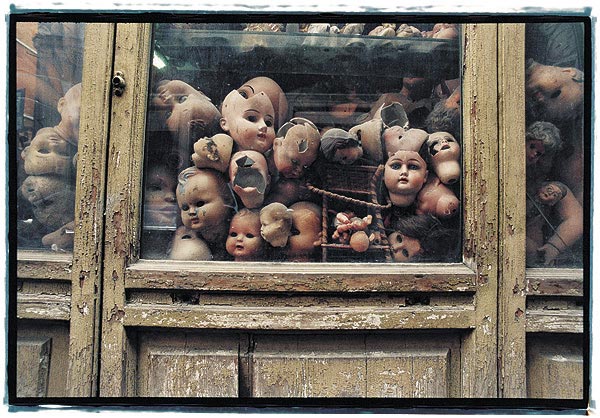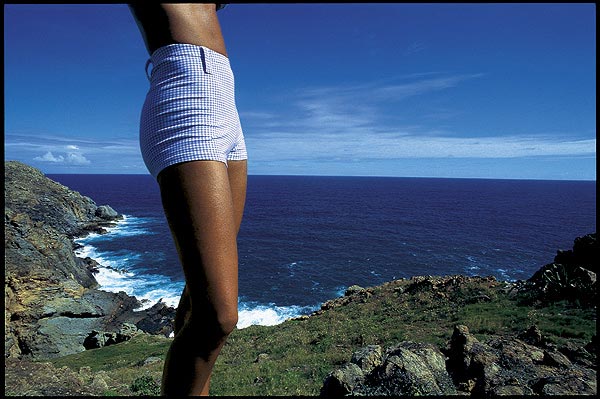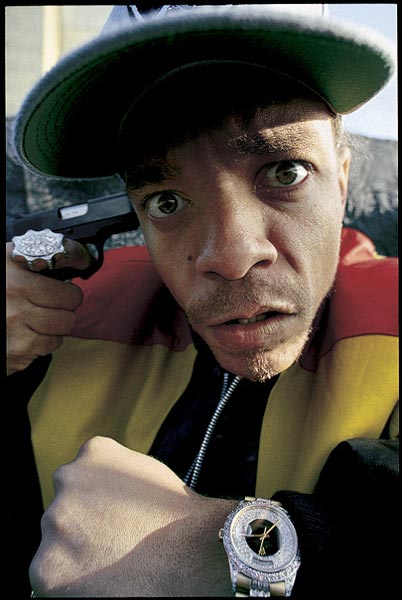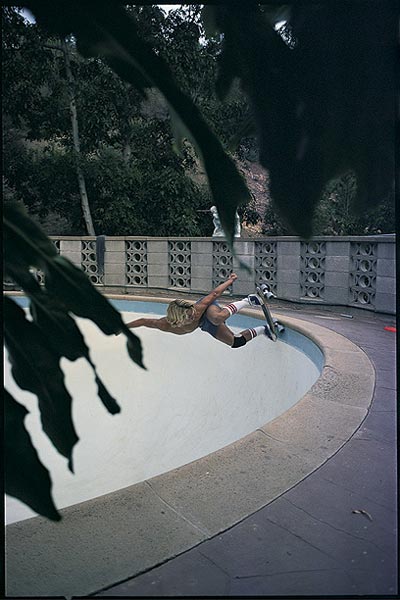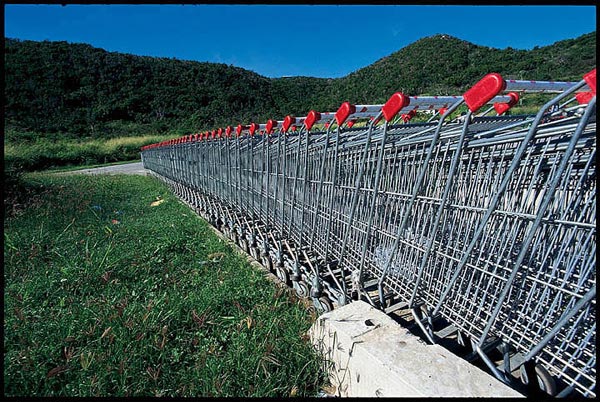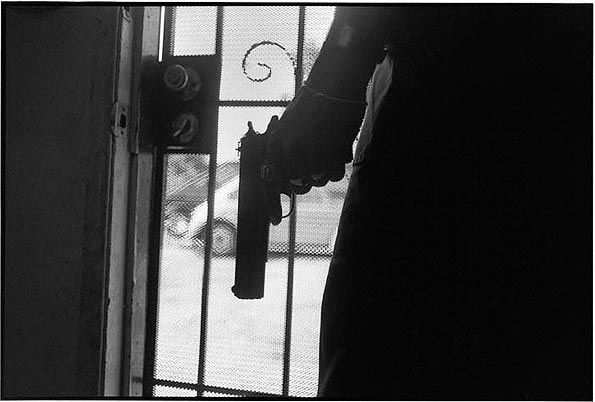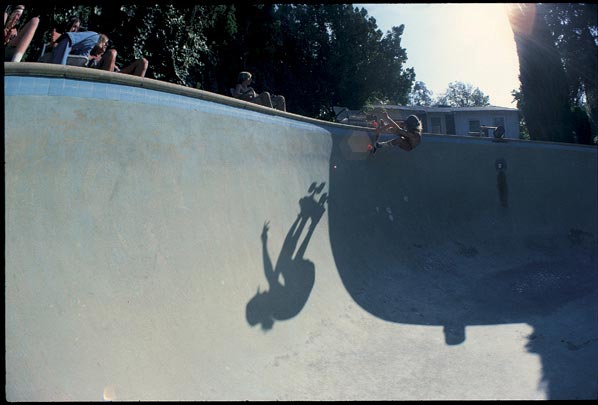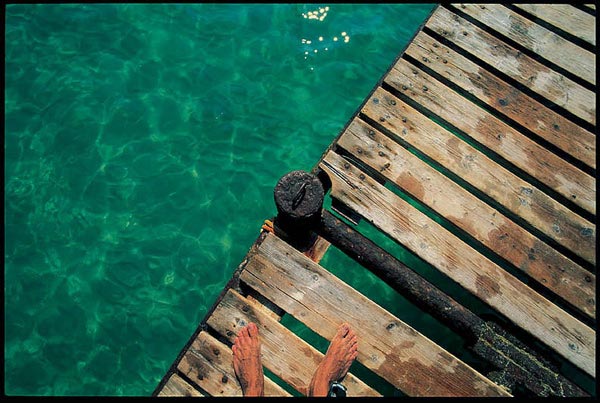The Idealist
 For Friedman, to photograph is to satisfy his strong need to document not only what he sees, but that in which he believes. His shots are more radical than those found in most of today's contemporary photography, while at the same time they recall the "new vision" philosophy of simple forms, shot clearly and directly. They are visual testimony to GEF's own personal search for his "ideal". In The Idealist as in his two previous books, the range of his photos represent an instant in his life, intense and vital.
For Friedman, to photograph is to satisfy his strong need to document not only what he sees, but that in which he believes. His shots are more radical than those found in most of today's contemporary photography, while at the same time they recall the "new vision" philosophy of simple forms, shot clearly and directly. They are visual testimony to GEF's own personal search for his "ideal". In The Idealist as in his two previous books, the range of his photos represent an instant in his life, intense and vital.
Never one to theorize about photography or art in general, he simply takes pictures of his world, filtered through a lens - more often than not a wide-angle - that broadens our vision beyond its natural boundaries, encompassing everything around us. It's a "way of seeing", a "glance", more psychological, at times, than artistic.
GEF does not compromise; he doesn't follow trends. The thing that keeps our eyes glued to his photos is not so much their colours or their peculiar angle of vision - it's that they are so defined, so definite, a lot like Friedman himself. Like Ansel Adams and Edward Weston before him, he doesn't look to "make art", but to photograph that which is before him, while accepting the limits of the medium. His photos are not only "works of art", but also works (or ideas) in progress.
That which ties it all together - one photo to another, one year to the next - is a shared tension: a man with a gun, a boy at a grave site, same neighbourhood, similar origins. Or the tiny head of a soldier looking out from his enormous iron tank of a body. Photos, not of another world, but of our own, transformed by Friedman's talent, at times poetic and relaxed, at others crude and violent. Always real. Because for Friedman, "composition" doesn't necessarily mean only "harmony", or "symmetry". His photos, even those of punk rock shows and skaters, are never causal compositions. They are testimony to his ability to stop that moment in time in which it all comes together.
Taken from an essay by Rita Luchetti-Bartoli (translated from Italian by Jennifer Zaid)
About Glen E. Friedman
"The bottom line is that he was there at the beginning of so much cool stuff in so many different areas it's not funny."
- Henry Rollins (singer, writer)
A native of New York, photographer Glen E. Friedman began his career in the mid-1970's as a contributing photographer for SkateBoarder magazine at the age of fourteen. His work documenting the West Los Angeles skate set, DogTown, was largely responsible in bringing this group of young skateboarders which included Tony Alva, Jay Adams, Paul Constantineau, and Stacy Peralta to widespread prominence, and consequently helped to create the blueprint for the skateboarding subculture.
Music being an integral part of the skate scene, Friedman photographed many of the hardcore punk bands of the period including the Germs, Dead Kennedys, D.O.A., Bad Brains, Minor Threat, and his favorite band, Black Flag. As with his work with the skate scene, Friedman's photographs were principal in bringing the hardcore punk subculture to the attention of American youth. He managed Suicidal Tendencies and produced the band's debut self-titled album.
By the mid-1980's, Friedman was photographing seminal figures in rap music including Run-DMC, Public Enemy, L. L. Cool J, and Ice-T. He became a key figure at Rush Productions and Def Jam Recordings. His work has been exhibited internationally, and he has published five books through his own Burning Flags Press.
As Co-Producer and Creative Consultant for the film "DogTown and Z-Boys", Friedman had a major influence on this feature-length documentary, which won the audience choice award for best documentary at the 2001 Sundance film festival.

